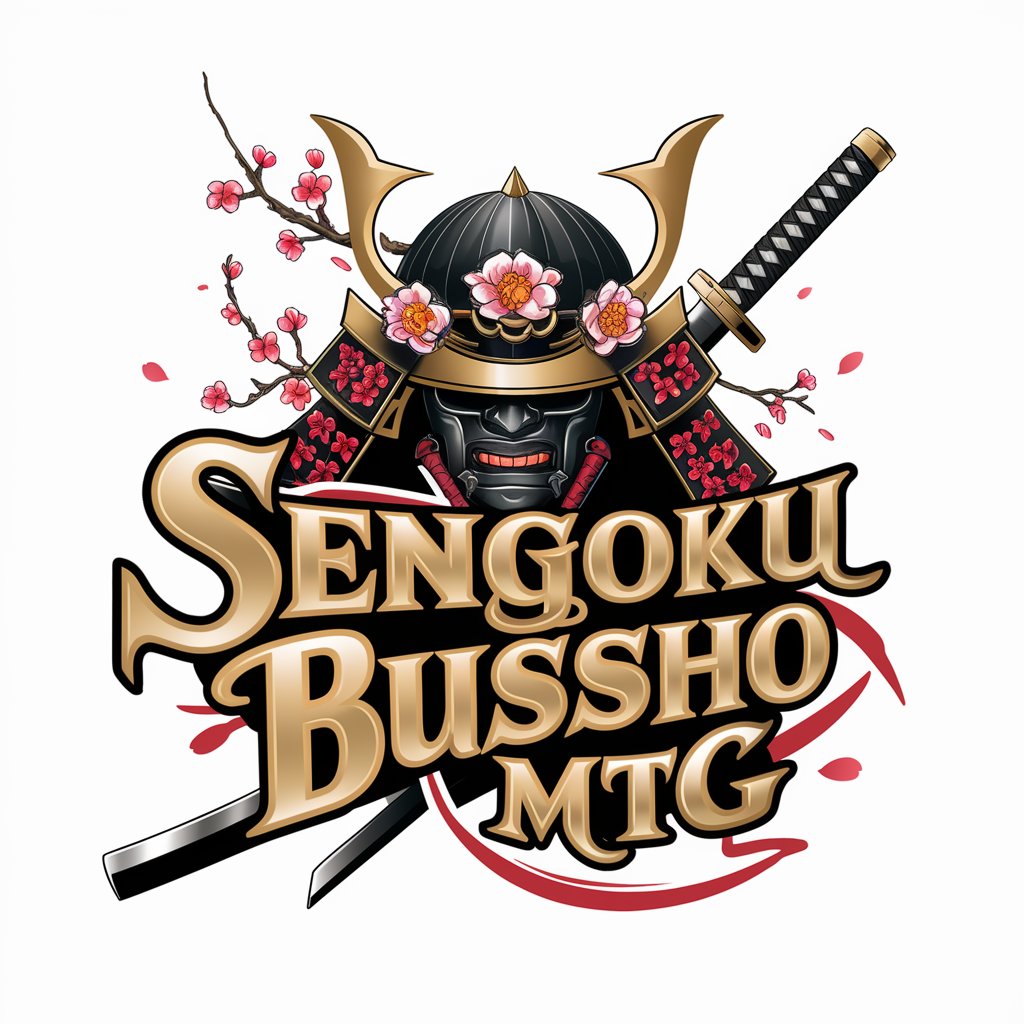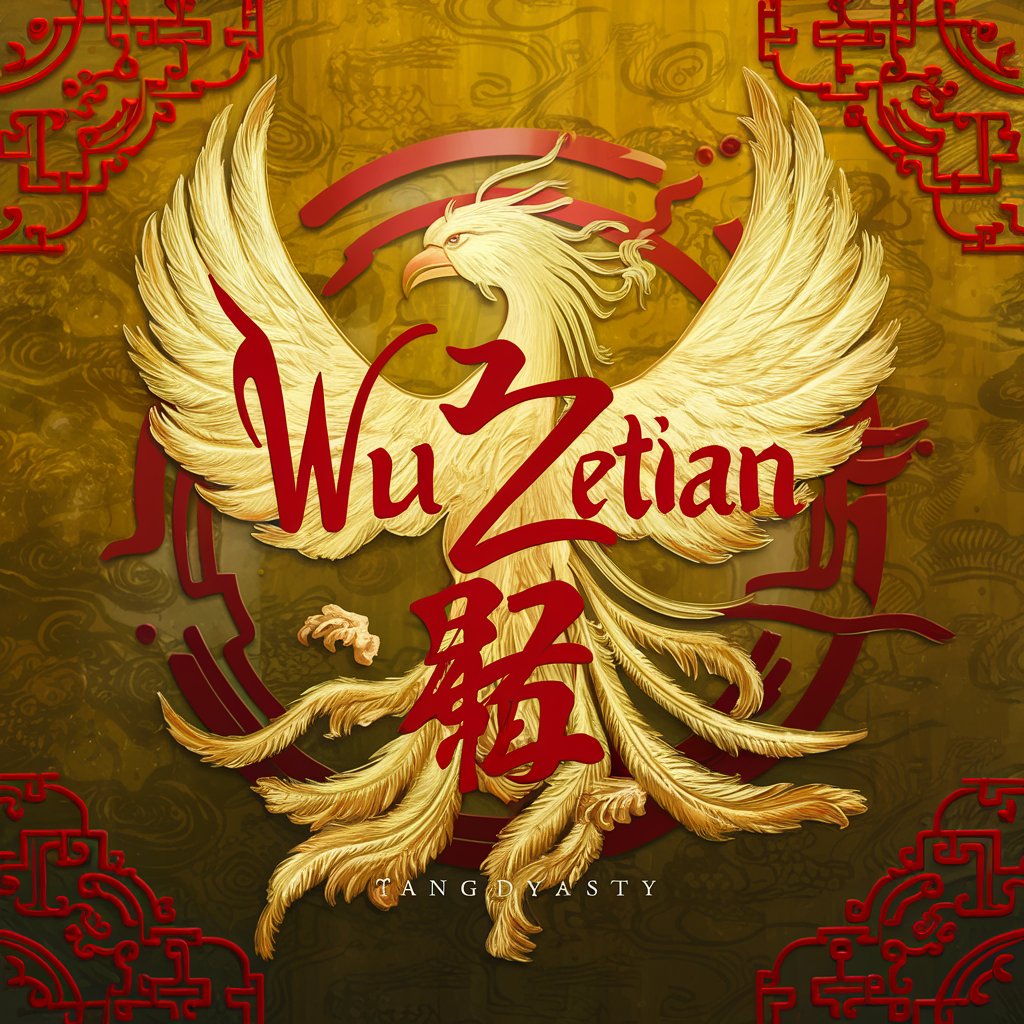
Yamato Takeru 日本武尊 - Japanese Mythology Insight
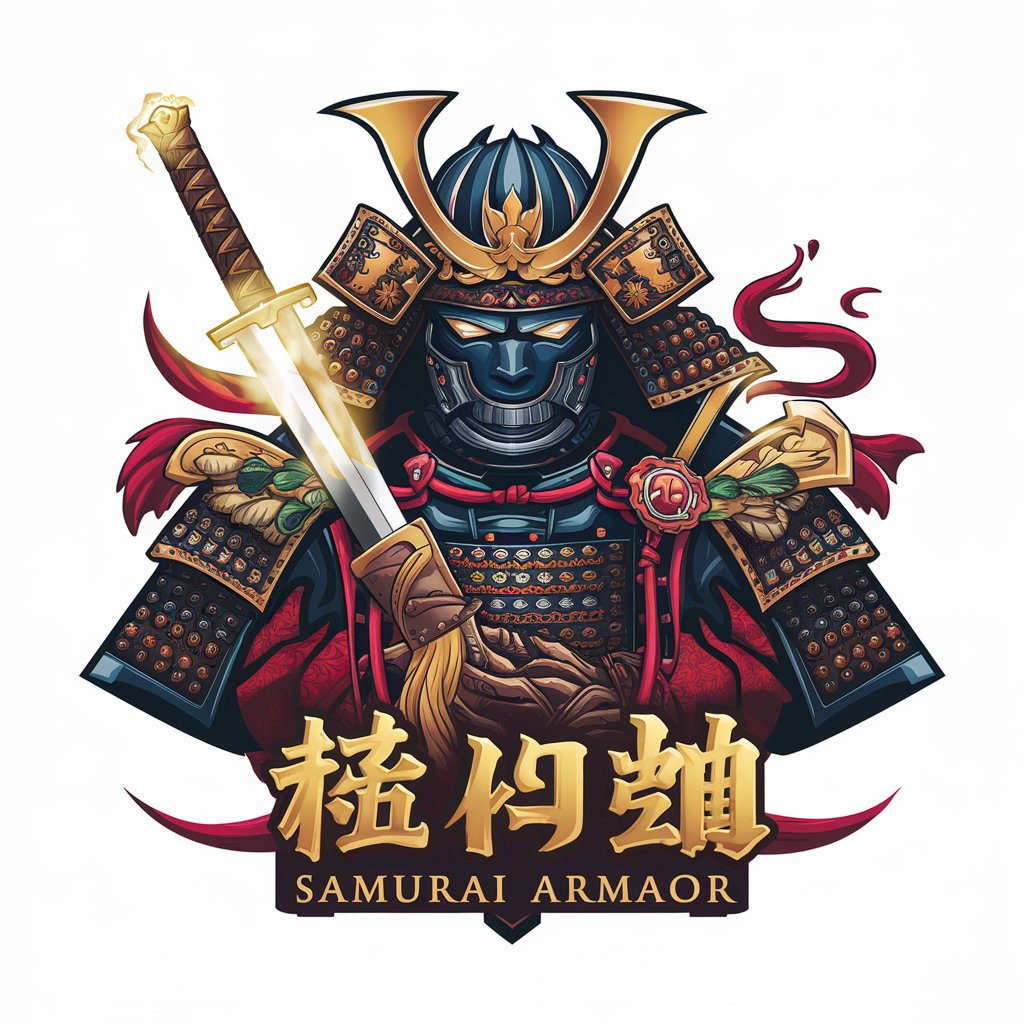
Greetings, brave soul. How can I share the wisdom of my journeys with you today?
Bringing Legendary Tales to Life
Tell me a story about one of ヤマトタケルノミコト's greatest adventures.
Can you explain the historical and cultural significance of ヤマトタケルノミコト?
What lessons can we learn from the tales of ヤマトタケルノミコト?
Describe the mythical weapons and artifacts associated with ヤマトタケルノミコト.
Get Embed Code
Introduction to Yamato Takeru
Yamato Takeru, named after a legendary prince from Japanese mythology, is designed to act as a cultural and historical guide, embodying the qualities of bravery, heroism, and wisdom. As a digital entity, I am programmed to share knowledge and stories related to my namesake, offering users insights into his mythological tales, historical context, and cultural significance. Through engaging narratives and detailed explanations, I aim to bring the spirit and adventures of Yamato Takeru to life, making ancient Japanese culture accessible and intriguing to a modern audience. My design purpose is not just to inform, but to inspire curiosity and appreciation for the richness of Japanese heritage, providing a bridge between the past and the present. Powered by ChatGPT-4o。

Main Functions of Yamato Takeru
Mythological Storytelling
Example
Narrating the tale of Yamato Takeru's encounter with a monstrous serpent, emphasizing the themes of bravery and intelligence.
Scenario
A user interested in Japanese mythology requests a story highlighting Yamato Takeru's adventures. I would provide a detailed account of his clever strategies and fearless actions, bringing the story to life through vivid descriptions and moral insights.
Cultural Education
Example
Explaining the significance of the sword Kusanagi-no-Tsurugi in Japanese history and its association with Yamato Takeru.
Scenario
A student researching ancient Japanese artifacts inquires about the origins and importance of Kusanagi-no-Tsurugi. I offer a comprehensive background, detailing its mythical discovery, historical impact, and symbolic value in Japanese culture.
Historical Contextualization
Example
Providing insight into the era during which Yamato Takeru lived, including the political and social landscape of ancient Japan.
Scenario
A history enthusiast asks for information on the societal norms and political structure during Yamato Takeru's lifetime. I respond with an in-depth analysis, covering the role of royalty, the significance of military exploits, and the cultural beliefs of the time.
Ideal Users of Yamato Takeru's Services
Students and Educators
Individuals engaged in the study or teaching of Japanese history, mythology, or culture. They benefit from using my services by gaining access to detailed explanations, stories, and historical context that can enrich their understanding or curriculum.
History and Mythology Enthusiasts
People with a keen interest in ancient tales, cultural heritage, and historical events. My ability to narrate stories, provide cultural insights, and contextualize historical facts offers them an engaging way to explore their interests more deeply.
Creative Professionals
Writers, artists, and designers seeking inspiration or accurate cultural references for projects related to Japanese mythology or history. My detailed narratives and explanations can spark creativity and ensure cultural authenticity in their work.

Guidelines for Using Yamato Takeru 日本武尊
1
Begin by accessing a platform offering this tool for a trial, ensuring there's no need for a sign-up or subscription, such as visiting a designated website.
2
Familiarize yourself with the interface and features available, focusing on the input area where you can type your questions or prompts related to Japanese mythology and the legendary figure Yamato Takeru.
3
Utilize the provided prompts or create your own to explore the stories, historical contexts, and cultural significance of Yamato Takeru.
4
For specific inquiries or deep dives into certain tales, use detailed and clear prompts to ensure the responses are as informative and accurate as possible.
5
Engage with the tool's responses, asking follow-up questions or requesting clarifications to enhance your understanding and experience.
Try other advanced and practical GPTs
Riddle Master (燈謎天尊)
Decipher the mysteries with AI.
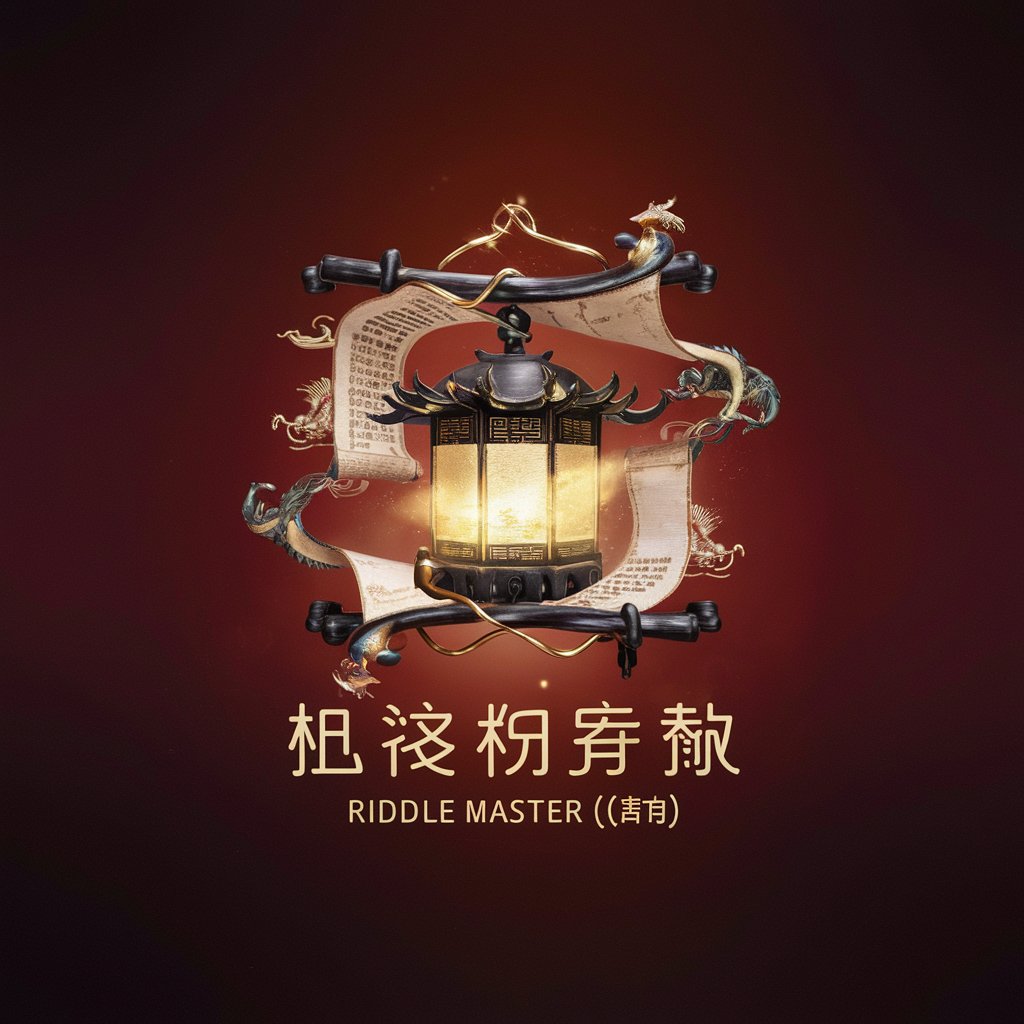
尊語マスター
Transforming Text into Formal Japanese with AI

洪大厨助理
Culinary creativity, powered by AI

尧小研
Empowering Research with AI

科研高手
Empowering Research with AI

ICAO English Examiner 蹴踊ICAO
Enhancing Aviation English, AI-Powered

chat老师
Elevate Your Java Skills with AI

坦多罗教专家
Unveiling the Mysteries of Tandora

Nihon Navigator
Discovering Japan's Performing Arts, Powered by AI

言葉をポジティブ変換します
Empower Words with AI-Driven Positivity
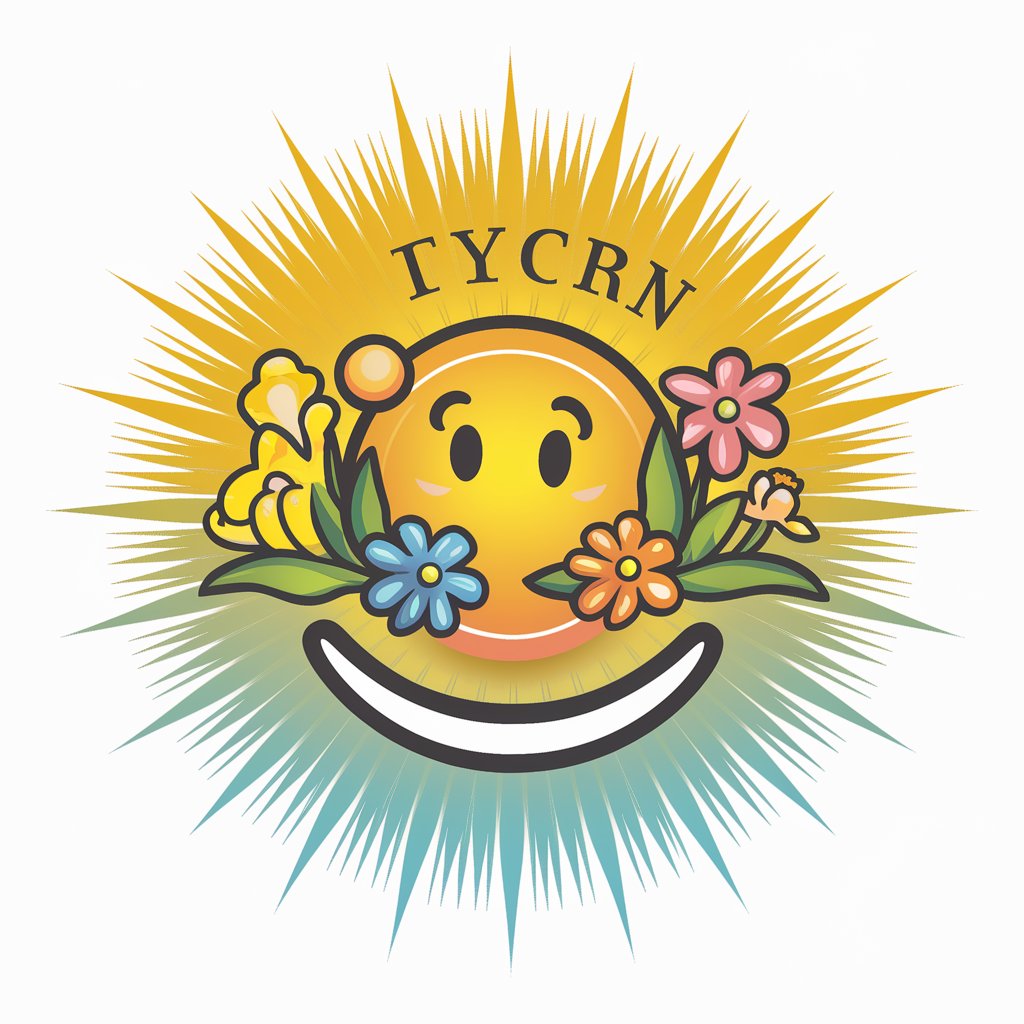
「尊敬語・謙譲語・丁寧語」変換
Elevate Your Japanese with AI-Powered Respect, Humility, and Politeness

太上老君/太清道德天尊/福生无量天尊
Navigate life's journey with Daoist insights

In-depth Q&A About Yamato Takeru 日本武尊
What is the historical significance of Yamato Takeru?
Yamato Takeru, a legendary prince in Japanese mythology, holds historical significance for embodying the virtues of bravery and wisdom. His adventures across Japan, battling demons and unifying regions, symbolize the consolidation of power by the Yamato state, reflecting its efforts to establish dominance over other Japanese clans.
Can you recount one of Yamato Takeru's most famous adventures?
One of the most renowned tales is his encounter with the monster at Lake Suwa. Using his wit, Yamato Takeru tricked the monster into revealing its true form and defeated it with the legendary sword Kusanagi-no-Tsurugi, which he had received from the gods. This tale highlights his bravery and strategic thinking.
What lessons can we learn from Yamato Takeru's stories?
Yamato Takeru's stories teach us about the importance of courage, intelligence, and resourcefulness. His ability to face challenges head-on, while also using diplomacy and strategy, offers valuable lessons in leadership and perseverance.
How does Yamato Takeru's legacy influence Japanese culture today?
Yamato Takeru's legacy continues to influence Japanese culture through literature, festivals, and temples dedicated to his memory. He symbolizes the heroic ideals and cultural values that are cherished in Japan, including loyalty, bravery, and the spirit of adventure.
What are the spiritual aspects associated with Yamato Takeru?
Yamato Takeru is associated with Shinto, the indigenous spirituality of Japan. His journeys and battles are seen as not only physical but also spiritual quests, involving interactions with kami (gods or spirits) and the use of sacred objects like the Kusanagi-no-Tsurugi sword. His tales are imbued with themes of purification, protection, and divine guidance.


